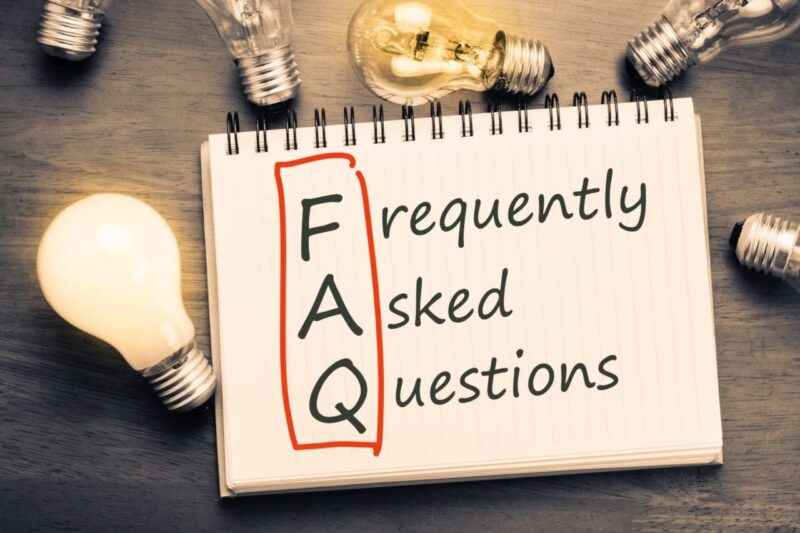However, before looking at how business structures affect the type of tax relief received it’s useful to consider the tax relief treatment of personal, third party and employer pension contributions.
Contributions & tax relief
Personal contributions
Personal contributions are given income tax relief, in the year of contribution, at the individual’s highest marginal rate of tax.
• Up to 100% of relevant UK earnings (RUEs) or £3,600 (whichever is greater).
• But capped by the 2011/12 annual allowance of £50,000, plus the individual’s available carry forward allowance.
Generally a personal contribution receives basic rate income tax relief at source. Any higher and additional rate income tax relief is claimed from HM Revenue & Customs (HMRC), through the self-assessment tax return or by adjustment to an individual’s tax code.
Third party contributions
Contributions made on behalf of a member by other individuals and entities (not their employer) are treated as though the member made them. Income tax relief is granted on the same basis as for a personal contribution. The donor of the third party contribution is making a gift and will not personally receive any tax relief in respect of the contribution.
Compensation payments
Compensation or redress payments awarded as a result of:
• mis-selling of a pension scheme or
• mis-selling of a pension-related product (relating to investment advice for example)
can be treated as tax relievable third party contributions on behalf of the member receiving the compensation payment. This is subject to the compensation being paid directly or indirectly into the individual’s pension arrangement.
Complaint handlers and advisers should always check the tax relief position with the pension provider in relation to any specific case, before making any compensation award.
Employer contributions
All employers, even sole traders and partnerships, can make pension contributions on behalf of their employees. Employer pension contributions are normally granted tax relief
• subject to the wholly and exclusively test.
Important considerations in relation to this test and employer pension contributions are:
– for employees other than controlling directors the commercial viability of employer pension contributions as part of employees’ overall remuneration packages.
– for controlling directors their input / contribution to the company’s profitability / success.
• in the accounting year of contribution if it is an allowable business expense.
In most cases corporation tax relief will be granted. However, where the local inspector of taxes can demonstrate there is a non-trade purpose for the employer contributions under the ‘wholly and exclusively’ test they can challenge the deduction of contributions against corporation tax.
HMRC may pay greater attention where an employer contribution is being paid for a spouse of a self-employed individual or a director, to ensure the wholly and exclusively test is satisfied. It may be prudent to limit the employer contribution so that the spouse’s overall remuneration package is restricted to a commercially viable level for the role they perform.
An employer does not pay an annual allowance tax charge where their contributions exceed employees’ available annual and carry forward allowances. It is up to employees to settle any annual allowance tax charges, arising from both their and their employer’s pension contributions, through their self-assessment tax return.
Types of business – how tax relief is received on employer pension contributions
The above illustrates the levels of tax relief that can be received on contributions made from different sources. However, a company structure in itself can affect how, and on whose behalf, pension contributions can be made.
Limited companies
A limited company can make pension contributions on behalf of all its employees, including its irectors, with no reference to the employees’ RUEs or their available annual allowance. Corporation tax relief is received by treating eligible pension contributions as an allowable business expense within the company’s accounts, reducing its liability to corporation tax.
Sole traders
This is the simplest form of business. The business is inseparable from the individual who sets it up. The individual is therefore self employed and bears the personal liability for all debts and obligations of the business. The business does not have a separate legal personality.
As sole traders are self employed they do not have an employer to make pension contributions on their behalf. They can only make individual pension contributions. These contributions are limited for tax relief purposes as stated above. The sole trader’s RUEs are defined as their assessable or pre-tax profit. If the sole trader employs other individuals and pays employer pension contributions on their behalf then they are tax relievable as a business expense against the sole trader’s pre-tax profits as outlined above. Of course the sole trader’s own RUEs will then be lower as a result
Partnerships
In England and Wales, like a sole trader, a partnership does not have a separate legal personality. The partners are carrying on a business in common with a view to profit and are self employed.
In Scotland, partnerships, although similar in character to partnerships in England & Wales, have a separate legal personality to some degree. However, partners in Scottish partnerships are treated in the same way for tax purposes as their counterparts in England and Wales – they are self employed. As partners are self employed they don’t have an employer to make pension contributions on their behalf. Partners can only make individual contributions for themselves limited for tax relief purposes as stated above. Partners’ RUEs will be their share of the partnership’s taxable profit.
Partnerships are able to make employer contributions on behalf of their employees as outlined previously. These contributions are deductible as a business expense from the partnership’s pre-tax profits.
Salaried partners or a partner who receives a salary
Some partnerships include salaried partners within their structure. These individuals appear to be partners but in most cases are actually employees of the partnership. If a partner does not share in the distribution of profits and receives a salary it is likely that they will be considered as an employee of the partnership. Conversely, some partners can appear to be receiving a salary. However, this is usually a method of allocating a share of the profits among partners and doesn’t necessarily mean that they are employed.
Some partnership structures can be quite complex and it’s important to confirm the status of the client (employed or self-employed) and their income with their accountant. It is also useful to bear in mind that a client’s status could change; an employee could become a partner of a business they work in or a sole trader or partnership could incorporate as a limited company.
Limited liability partnerships (llps)
An LLP is similar in structure to a partnership but contains features in common with a limited company. For instance an LLP has a separate legal personality, which limits the partners’ liabilities to losses. However, the tax regime for partners of an LLP remains the same as for traditional partners. Like a partnership, an LLP can have employees and its features do not change the self-employed status of the partners. So the comments regarding partnership contributions above equally apply to an LLP.
Final thoughts
We can see that employer contributions on behalf of employees by all types of company are normally tax relievable if the contributions are a genuine business expense, subject to satisfying the wholly & exclusively test, at the discretion of the local inspector of taxes.
Limited companies have most flexibility in making employer contributions on behalf of employees – a feature that many company directors use to their advantage when organising their remuneration and pension planning.



